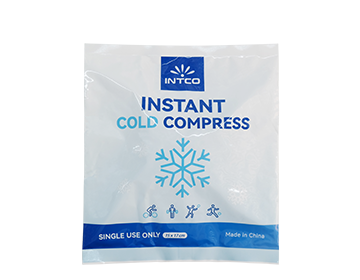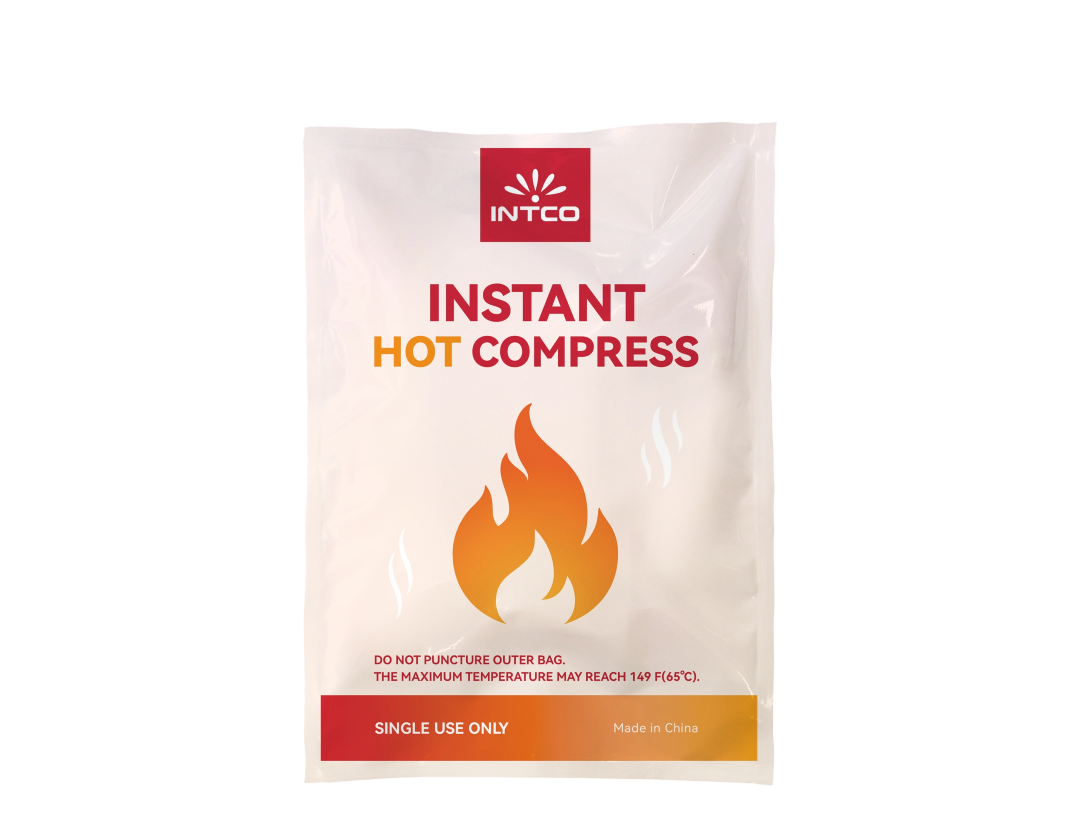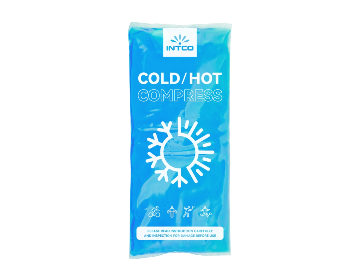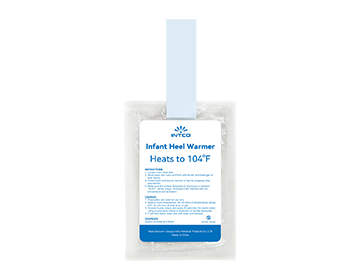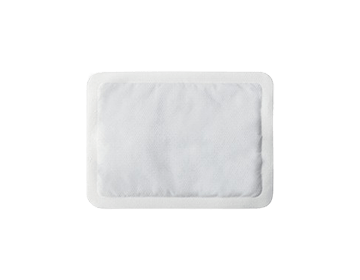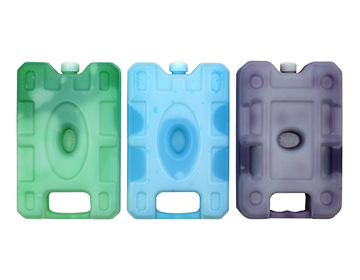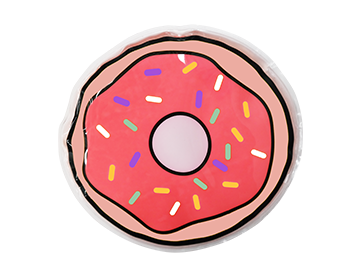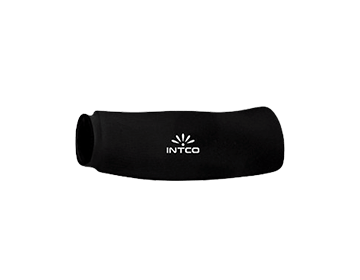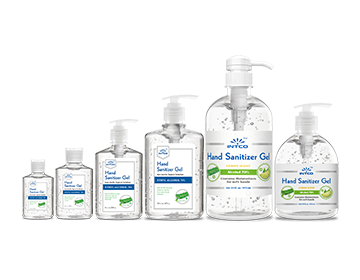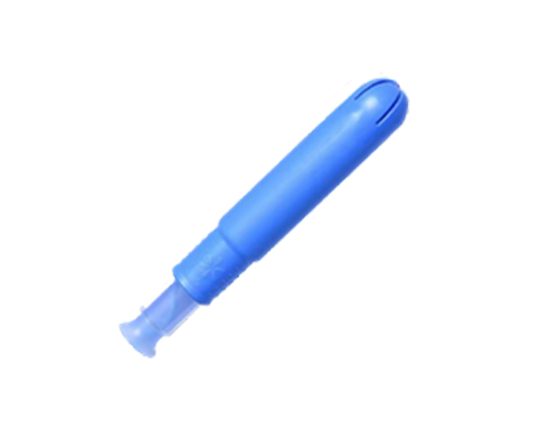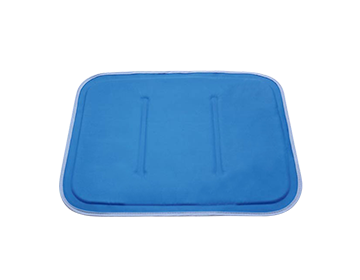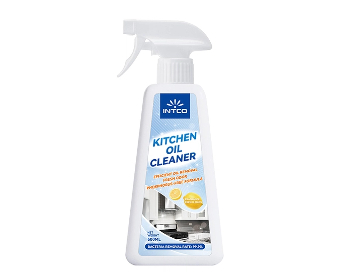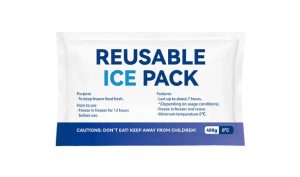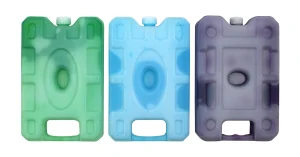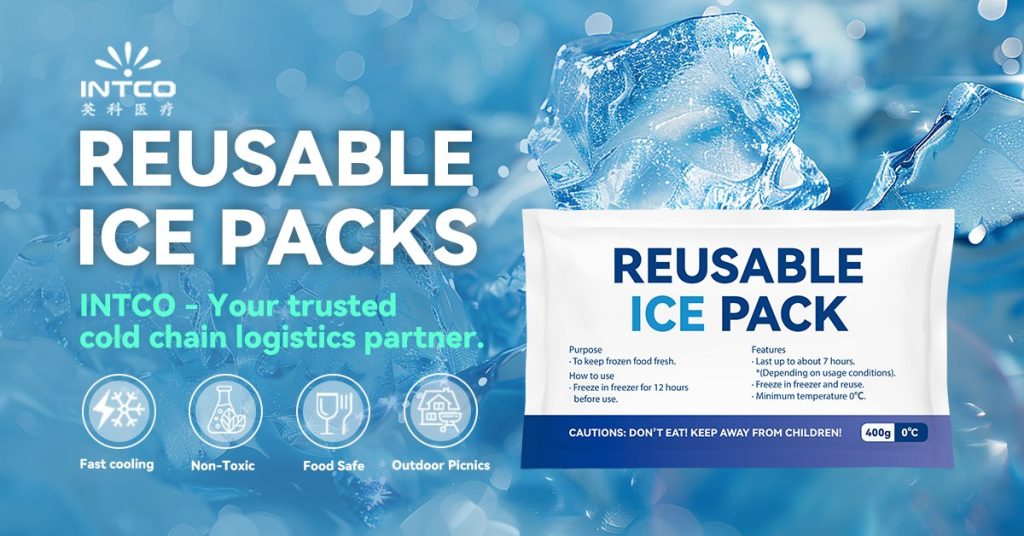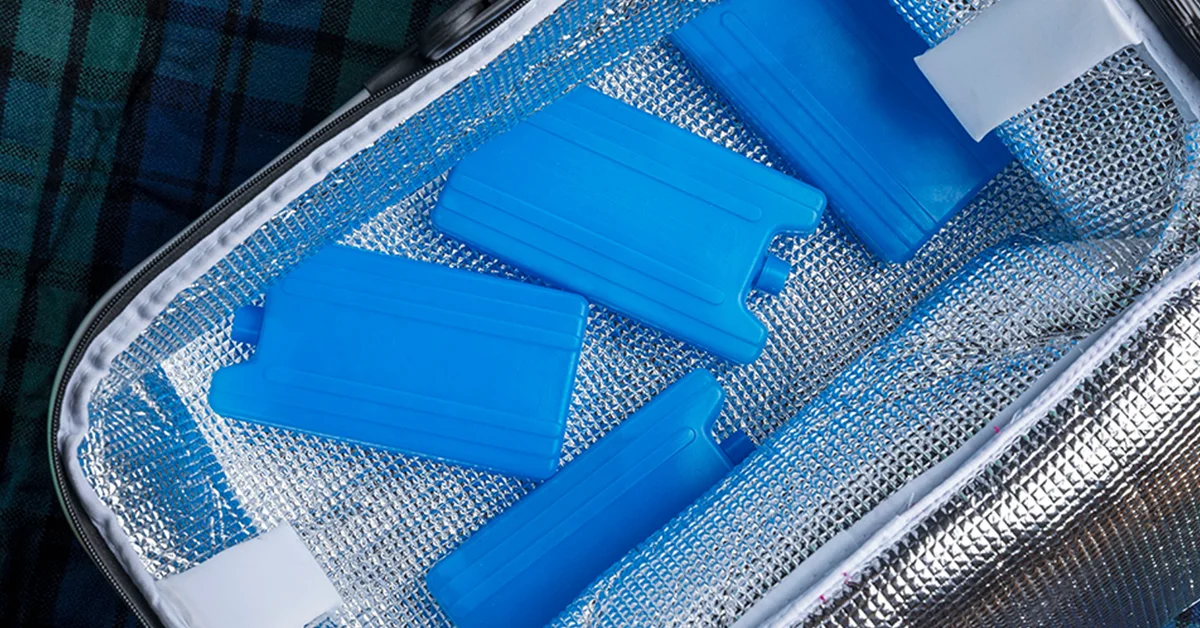Ice Packs vs. Traditional Ice Cubes Which One Works Better for Outdoor Trips
Introduction: The Importance of Keeping Things Cold Outdoors
When heading out for an outdoor adventure—be it camping, fishing, hiking, or a beach picnic—keeping food and beverages cold is essential. No one wants to sip on a lukewarm drink or deal with spoiled food halfway through a trip. But what’s the best way to maintain the chill? The debate between ice packs vs. traditional ice cubes has long been a hot topic (pun intended) among outdoor enthusiasts.
Both cooling methods have their pros and cons, but which one is better for your needs? In this article, we’ll compare ice packs and traditional ice cubes in terms of cooling efficiency, duration, portability, cost, and environmental impact to help you make an informed decision.
What Are Ice Packs and How Do They Work?
Why Use Ice Packs?
- Reusable and long-lasting;
- No mess from melting water;
- Keeps a steady cooling temperature;
- Great for food storage and medical use;
Types of Ice Packs (Gel, Hard-Shell, etc.)
Ice packs come in different types for various uses:
Gel Packs: These are soft and easy to bend, so they fit around items or into small spaces. They’re often used for medical needs or tiny coolers.
Hard-Shell Ice Packs (ice boxes): These are tough and sturdy, protecting items during travel. They work well for outdoor trips where durability matters.
Instant Ice Packs: These are one-time-use packs that cool instantly through a chemical reaction. They’re handy for emergencies or first-aid situations.
What Are Traditional Ice Cubes and How Do They Work?
Traditional ice Cubes are just frozen water. It cools by soaking up heat as it melts, which is called latent heat absorption. This cooling method works but doesn’t last long because ice melts quickly in warm places. While regular ice is cheap and easy to find, it makes a mess when it melts, so you’ll need to clean up often.
Comparing Ice Packs vs. Traditional Ice Cubes
Duration of Cooling
High-quality ice packs can maintain cold temperatures for up to 24 hours, outperforming regular ice cubes. This feature allows them to be reused throughout the entire trip. Traditional ice cubes melt quickly when it gets warm. As it melts, it cools less effectively. Ice packs are better for keeping food fresh or drinks cold on multi-day trips.
Factors That Impact Cooling Performance
Many things affect how well ice packs and ice cool. Ice packs use special gels to stay cold longer. They keep a steady temperature, which is good for medicine or fresh food. Traditional ice cools by melting, but its effectiveness decreases as it turns into water. The cooler type, outside temperature, and amount of ice or packs also matter.
Messiness
Melting and Leaks
Traditional ice melts into water, which can make a mess. If your cooler leaks, it can spill everywhere. Ice packs don’t have this problem. They are sealed and don’t leak water. This makes them cleaner and easier to use for trips.
Cleanliness and Maintenance
Ice packs mean less cleaning for you. They don’t melt, so no draining water or soggy food. Traditional ice cubes need more work procedures. You have to remove melted water often to keep things dry inside the cooler.
Reusability
How Long Ice Packs Last
Ice packs can be used many times, making them last longer. Good-quality ice packs can work for years if cared for well. They are made with strong materials that don’t break easily. After using them, you can freeze them again for the next trip. This saves money and reduces trash, making them better for the environment.
To keep them working well, store ice packs in a dry, cool spot. Don’t poke holes or overfill them, as this can ruin the gel inside. With good care, ice packs stay useful for many outdoor trips.
One-Time Use of Traditional Ice Cubes
Traditional ice cubes can only be used once. After it melts, you need more ice. This makes it less useful for long trips or frequent use. While it’s easy to buy, using it often costs more over time. Melted ice also makes a mess and needs cleaning up.
If you want something easy and eco-friendly, traditional ice isn’t the best. But for short trips or single events, it works well and is simple to use.
Ice Packs vs. Traditional Ice Cubes for Different Outdoor Activities
Camping Trips
Why Ice Packs Are Great for Long Camping
Ice packs are very useful for long camping trips. They stay cold for up to 24 hours, keeping food fresh. If you have a freezer, you can refreeze them overnight. This makes them reusable for the whole trip. Ice packs don’t leave melted water, so your cooler stays dry. Their small size lets you pack more items easily. For campers who want less mess and more convenience, ice packs are a smart choice.
When Traditional Ice Cubes Work Better
Traditional ice cube is good for short camping trips or cooling many items. Block ice melts slowly and keeps things cool for longer times. If you’re camping far from freezers, It is a better option. It’s cheap and easy to find, so you can buy more if needed. But you’ll need to deal with melted water to avoid wet food or drinks.
Picnics and Day Trips
Ice Packs for Easy Short Trips
Ice packs are perfect for picnics or short trips. They are light, easy to carry, and fit in small coolers. Use them to keep sandwiches, fruits, or drinks cold without leaks. Since they can be reused, they save money for frequent outings. Ice packs also keep food fresh by holding a steady temperature.
Traditional Ice Cubes for Bigger Groups
Traditional ice cube is great for big gatherings where you need to cool many items. Crushed ice cools drinks fast and works well in ice buckets. It’s also fun for decorations at parties or events. While it needs more cleanup, traditional ice is affordable and practical for one-day use.
Road Trips
Ice Packs for Car Coolers
Ice packs are ideal for road trips with car coolers. They are simple to use and don’t make a mess. Place them around food and drinks for even cooling. Their small size saves space in the cooler, which is helpful for long trips. Ice packs are great for keeping perishable food cold without needing to stop for more ice.
Traditional Ice Cubes for Long Drives
Traditional ice cube is useful for long road trips. Block ice lasts longer and keeps coolers cold for days. You can buy more ice at gas stations or stores during your trip. Though it needs more care because it melts, traditional ice is good for cooling large amounts of food and drinks.
Conclusion: Which One Should You Choose?
For short outdoor trips, traditional ice cube is convenient and widely available, making it the best option if you just need to chill drinks and snacks for a few hours. However, for multi-day camping, road trips, or situations where keeping food dry is crucial, ice packs are the clear winner. They offer longer cooling durations, no water mess, and reusable benefits, making them a smarter investment for frequent adventurers. If you want the best of both worlds, consider using both ice packs and traditional ice together—ice packs for long-lasting cooling and ice cubes for immediate drink chilling.
Shop for the best ice packs for your next outdoor adventure! Looking for high-quality reusable ice packs to keep your food and drinks cold on your next trip? INTCO Medical—your trusted super factory and manufacturer of reusable ice packs. We provide high-quality, long-lasting cooling solutions for camping, outdoor adventures, and medical use. Check out INTCO ice packs and enjoy hassle-free cooling on the go!
FAQs
- Can ice packs be frozen again after use?
Yes, you can freeze ice packs again and again. Just put them back in your freezer until they are solid. This makes them reusable and saves money for future trips.
- How long does regular ice stay cold in a cooler?
Regular ice lasts about 12–24 hours, depending on the cooler and weather. Block ice melts slower than crushed ice, so it’s better for longer trips.
- Are ice packs okay to use with food?
Ice packs are safe for keeping food cold. They hold a steady temperature and don’t leak water. Make sure the pack stays sealed to keep food clean.
- What’s better for hiking: ice packs or regular ice?
Ice packs are best for hiking. They are light, small, and don’t make a mess. Regular ice is heavier and melts fast, so it’s not great for long hikes.
- Are ice packs more expensive than regular ice?
Ice packs cost more at first but save money later because you can reuse them. Regular ice is cheaper to buy but costs more over time if used often.

